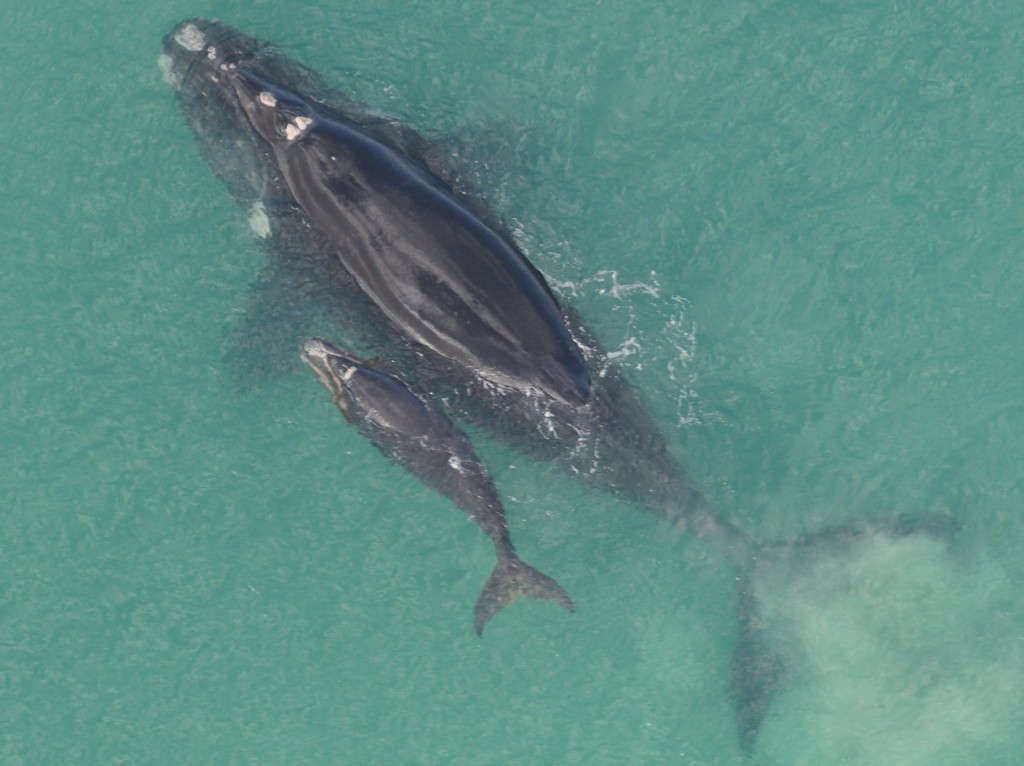
This week, whale watchers went bananas over sightings of about 250 northern right whales in the plankton-rich waters around Cape Cod. The pods represented half of the total population of these critically endangered cetaceans, one of the world’s rarest animals. Now, in the first assessment since the end of the 19th century whaling era, the British Antarctic Survey and other institutions found that southern right whales’ recovery to pre-whaling levels will likely take decades.
The scientists, reporting in Royal Society Open Science this week, used data from old whaling-ship logbooks and computer modeling to compare the past and current population numbers.
“The records of whale catches from the early 19th century are very patchy and we really needed to do a bit of detective work to get a good insight into the whaling history,” said Emma Carroll of the University of St. Andrews, in a statement. “We went back through early colonial New Zealand historical records, whaling logbooks and even had to cross-reference what ships had been seen where to get an understanding of the scale of operations during the winter in New Zealand.”
The southern right whale–so named for their habit of swimming at the surface and keeping close to sea ice edges–were killed for their oil, which lubricated industrial machinery and lit street lamps; and baleen, used to make coach whips and ladies’ stays.
The new study used estimates of the right whales’ current abundance around New Zealand and rate of breeding to reconstruct the whales’ population over time. Researchers suggest that between 29,000 and 47,000 southern right whales were killed before 1900, falling to just 100 animals at the start of the 20th century. Today’s population represents a mere 12 percent or less of their pre-whaling levels.
“We estimate that prior to whaling, southern right whales were very abundant in New Zealand waters and numbered between 28,000 and 33,000. If we assume most catches in the southwest Pacific were of New Zealand right whales, this number rises to 47,000,” said lead author Jennifer Jackson, of the British Antarctic Survey, in a statement.
Jackson estimates that it will take 60 years for the population to recover to the pre-whaling level.
The logbook data was provided by the World Whaling History Project, which summarizes records from 1800 to the present as part of the History of Marine Animal Populations and Census of Marine Life initiatives.